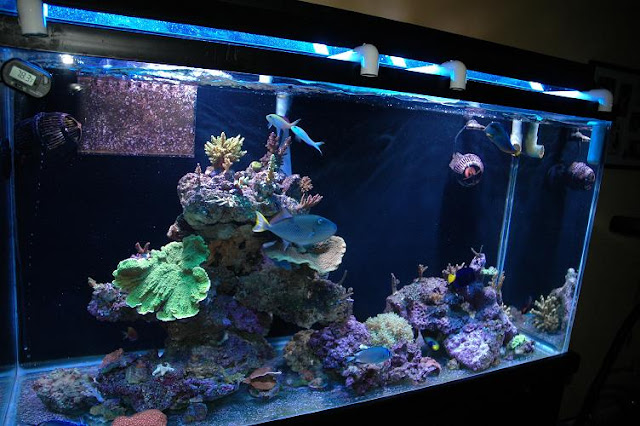Freshwater planted aquariums
Freshwater planted aquariums are observed in many houses throughout the planet, whether they're utilized to house pet fish or offer a living environment for collectors. Second, only to the fish, plants are exactly what is noticed following. Frequent plants located in such setups include hornwort, water sprite, banana plant along with dwarf lily to list a couple. There are 3 elements necessary to maintain wholesome fish and vegetation.
Adequate lighting is vital for keeping a sustainable living environment. Consider these six fundamentals of light; Lumens per watt, PAR, Lumen concentrate and restrike, useful lighting energy, output as connected to bulb span, and Lux (commonly utilized for deeper planted aquariums). LED lights have obsolete conventional lighting systems which need 3-4 watts of light per gallon.
Aquatic plants require roughly 12 hours of light each day. A timer is a practical instrument to guarantee the planted aquarium receives sufficient light. SHO CFL lights, super high output, are the current trend in planted aquariums which are more than 50 gallons and are famous for their capacity to help crops grow. LED lights and T2 lamps and fittings are other popular options for people with planted aquariums.
Apart from light, the substrate is required to both nourish and anchor freshwater plants. Always be cautious when cleaning to not disturb the sandy foundation. When selecting a substrate, browse its components carefully and understand which vitamin, such as magnesium and calcium, certain crops are expected to maintain the tank healthy.
Transplanting aquatic plants from 1 aquarium to another will have to be carried out with care. The surroundings of a single tank aren't precisely the same as another. Plants tend to be shocked after moving from 1 aquarium to another with sand that is sterile. Plants can remain in shock for lengthy amounts of time prior to sprouting new leaves and developing once more. Transplant procedure, water environment, and also the plant kind all of the play rolls in figuring the shock element.
CO2 is occasionally to maintain freshwater plants healthy and can be inserted into the plant naturally through a plant and fish respiration. Occasionally this isn't sufficient and CO2 has to be inserted into the plant that is planted. This is sometimes carried out with a CO2 system, which can be more costly, or by using products created to improve CO2 levels.
To ascertain if plants in planted aquariums are photosynthesizing, start looking for the formation of small bubbles on the plant leaves, also known as a pearl.
Too much lighting, over the recommended 12 hours, may damage aquarium plants whenever there is not enough CO2 from the aquarium to counterbalance it. If this is the situation, deposits called biogenic decalcification type on plant leaves. This is an indication that more CO2 has to be added to the aquarium. Having too much CO2 and insufficient light in the aquarium may also be detrimental. This leads to plants being not able to photosynthesize. Fish will also start collecting on the peak of the aquarium.




Komentar
Posting Komentar